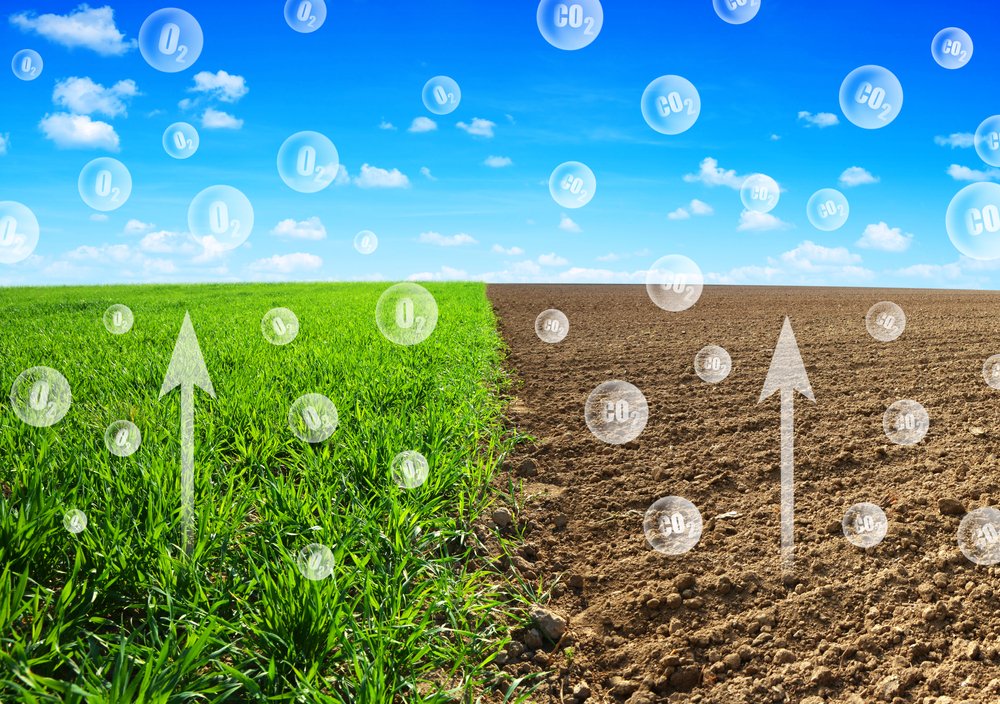As the world intensifies its efforts to combat climate change, carbon farming has emerged as a promising solution. This innovative practice sequesters carbon dioxide (CO2) from the atmosphere into agricultural soils, helping mitigate climate impacts while promoting sustainable farming. However, despite its potential, the carbon farming market faces several challenges that must be addressed to unlock its full potential.
Understanding Carbon Farming
Carbon farming refers to agricultural practices designed to maximize carbon storage in soil and vegetation. Techniques like no-till farming, cover cropping, crop rotation, and agroforestry contribute to improving soil health while capturing CO2. These methods not only reduce greenhouse gas (GHG) emissions but also enhance crop yields and biodiversity.
The global carbon farming market was valued at USD 1.3 billion in 2022 and is projected to reach USD 3.6 billion by 2030, growing at a CAGR of 13.1%. However, this growth is contingent upon overcoming several hurdles, including scalability, verification issues, and market adoption.
Key Challenges in Carbon Farming
- Measurement and Verification Issues
One of the biggest hurdles in carbon farming is measuring and verifying the amount of carbon sequestered. Traditional measurement methods are time-consuming and costly, creating barriers for widespread adoption. Farmers often lack access to affordable tools for accurate data collection, which complicates carbon credit validation. - High Initial Investment Costs
Adopting carbon farming practices often requires upfront investment in training, equipment, and technology. Small-scale farmers, particularly in developing regions, may struggle to meet these financial demands. - Regulatory Complexity
Carbon credit trading is governed by complex and varying regulations across regions. Inconsistent policies create confusion and hinder farmers from participating in carbon markets. Streamlined frameworks are needed to encourage market adoption. - Lack of Awareness
Many farmers remain unaware of the economic and environmental benefits of carbon farming. Limited access to educational resources and technical support further reduces participation in these programs. - Market Accessibility
Smallholder farmers often face challenges accessing carbon credit markets. Without platforms that connect farmers to global buyers, the benefits of carbon farming remain out of reach for many.
Opportunities in Carbon Farming
Despite these challenges, the carbon farming market presents immense opportunities:
- Technological Advancements
Innovations such as AI, blockchain, and IoT are making carbon farming more efficient and transparent. For instance, soil monitoring sensors provide real-time data on carbon levels, while blockchain ensures secure and transparent carbon credit trading. These tools reduce costs and improve accessibility for farmers. - Government Support
Many governments are recognizing the potential of carbon farming and offering financial incentives, grants, and technical support to farmers. Policies promoting sustainable agriculture and climate mitigation provide a solid foundation for the market’s growth. - Corporate Collaboration
Corporations seeking to meet sustainability goals are investing in carbon farming initiatives. Partnerships between businesses and farmers can drive innovation, increase funding, and scale up efforts to meet global demand. - Education and Training
Raising awareness about carbon farming’s benefits can significantly boost participation. Training programs and workshops empower farmers with the knowledge and skills needed to adopt these practices successfully. - Integration with Renewable Energy
Combining carbon farming with renewable energy sources like solar or wind power can create synergistic solutions that benefit both the environment and rural communities. For example, solar-powered irrigation systems can improve water efficiency while supporting carbon sequestration.
Future Prospects
The future of the carbon farming market looks promising, thanks to advancements in technology and growing global awareness about climate change. As barriers are addressed and opportunities realized, the market is expected to experience exponential growth.
Key developments to watch include:
- Precision Agriculture: Precision tools will enable farmers to optimize inputs like fertilizers and water, improving yields while reducing emissions.
- Market Integration: Online platforms powered by blockchain will connect farmers directly with buyers, making carbon credit trading more inclusive and efficient.
- Policy Evolution: Governments are likely to implement clearer, farmer-friendly policies to streamline carbon credit certification processes.
Driving the Carbon Farming Revolution
Overcoming challenges in carbon farming requires collaboration among governments, businesses, and farmers. Governments must provide financial and technical support, while corporations should invest in sustainable initiatives. Additionally, awareness campaigns and training programs are crucial for empowering farmers and driving widespread adoption.
By addressing these challenges and leveraging opportunities, the carbon farming market can become a cornerstone of global climate action. With its dual benefits of reducing emissions and enhancing agricultural productivity, carbon farming offers a sustainable path forward for both the environment and the farming community.

